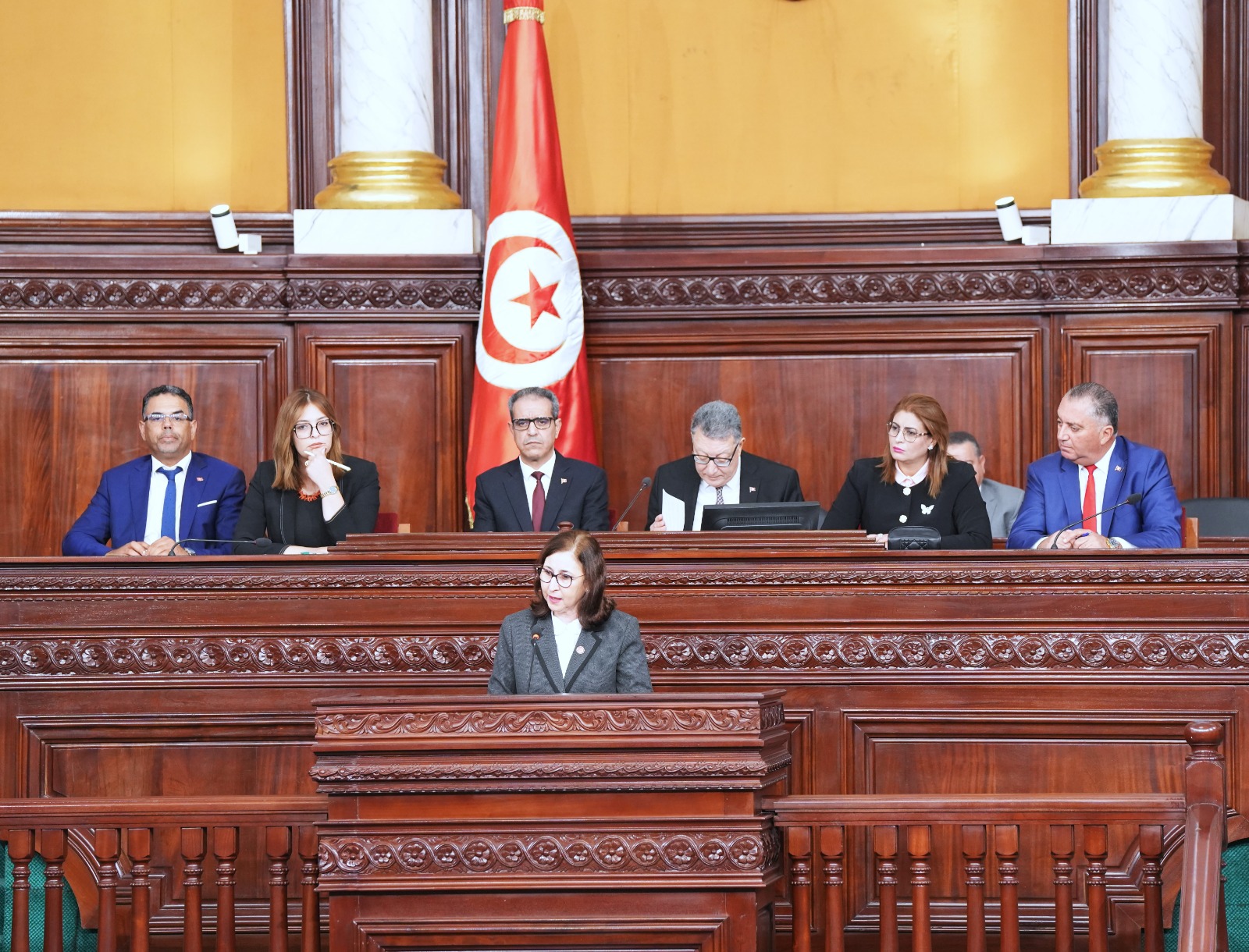Budget 2026 anchors Tunisia’s push for autonomy
Tunisia’s 2026 fiscal outlook leans on rising tax revenues and lower deficits to reduce dependence on external debt. The strategy aims to restore economic autonomy while keeping investment and reform ambitions alive under the 2026–2030 development plan.

Tunisia’s 2026 budget framework places “economic autonomy” at the centre of fiscal strategy, reflecting a deliberate shift from external borrowing toward mobilising domestic resources. The latest joint report from the finance committees of the Assembly of People’s Representatives and the National Council of Regions and Districts frames the current trajectory as a measured stabilisation: modestly improving fiscal indicators built on higher tax revenue and reduced reliance on foreign financing.
The mechanism behind this pivot is a structural reweighting of budget financing. In 2024, Tunisia’s own resources reached roughly 47 billion dinars, up 8.7% year-on-year, with tax revenue accounting for around 89% of budget receipts. This enabled the state to meet internal and external commitments while trimming the deficit from 7.6% to 6.4% of GDP. By 2025, preliminary data show a further 5.6% increase in overall budget revenue, with tax collections growing faster than non-tax receipts. Instead of using external loans as the primary adjustment tool, authorities are tightening domestic collection, improving compliance, and targeting a more credible, internally funded budget.
This is not mere accounting. An economy that depends heavily on external lenders has limited policy autonomy, particularly when global rates are high and conditionality is strict. By raising domestic revenue, Tunisia aims to regain room to manoeuvre on social spending, public investment, and exchange-rate management. The 2026–2030 development plan explicitly links fiscal sovereignty with national decision-making independence and a controlled, selective openness to foreign financing.
The macro signal is a gradual move from crisis management toward rules-based consolidation. Tunisia remains constrained by high debt and structural unemployment, but the direction of travel matters: a tax-revenue-driven stabilisation, if sustained, can lower sovereign spreads and improve refinancing terms. However, the quality of revenue will be as important as the quantity. Over-reliance on consumption taxes risks burdening households and small firms; broadening the base through formalisation, digitised tax administration and tackling informality will determine whether the current gains are sustainable.
For investors, the emphasis on autonomy cuts both ways. On the upside, stronger domestic revenue and lower deficits improve creditworthiness and reduce default risk. On the downside, a more inward-looking stance could slow some external financing flows or complicate negotiations with multilaterals if reforms stall. The development plan’s credibility will hinge on whether Tunisia uses its internal-resource push to catalyse private investment and export growth, rather than relying solely on fiscal tightening.
Forward-looking indicators include: tax-to-GDP ratio, composition of revenue (direct vs indirect), deficit trajectory relative to growth, external-debt rollover needs, and public-investment execution. If Tunisia can maintain rising domestic revenue, stabilise its deficit below previous peaks, and protect capital spending on infrastructure and productive sectors, its pursuit of “economic sovereignty” can coexist with a more attractive investment case.
In essence, Tunisia is attempting a delicate balancing act: regain financial autonomy without closing the door on external partners, and stabilise public finances without crushing growth. The success of this strategy will be determined less by slogans and more by implementation discipline over the next budget cycles.





